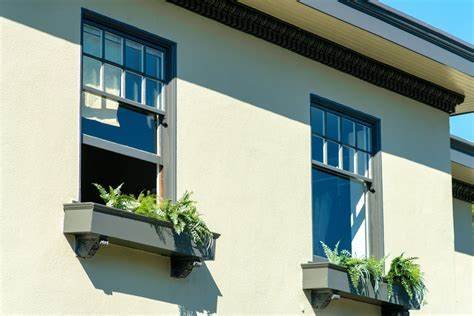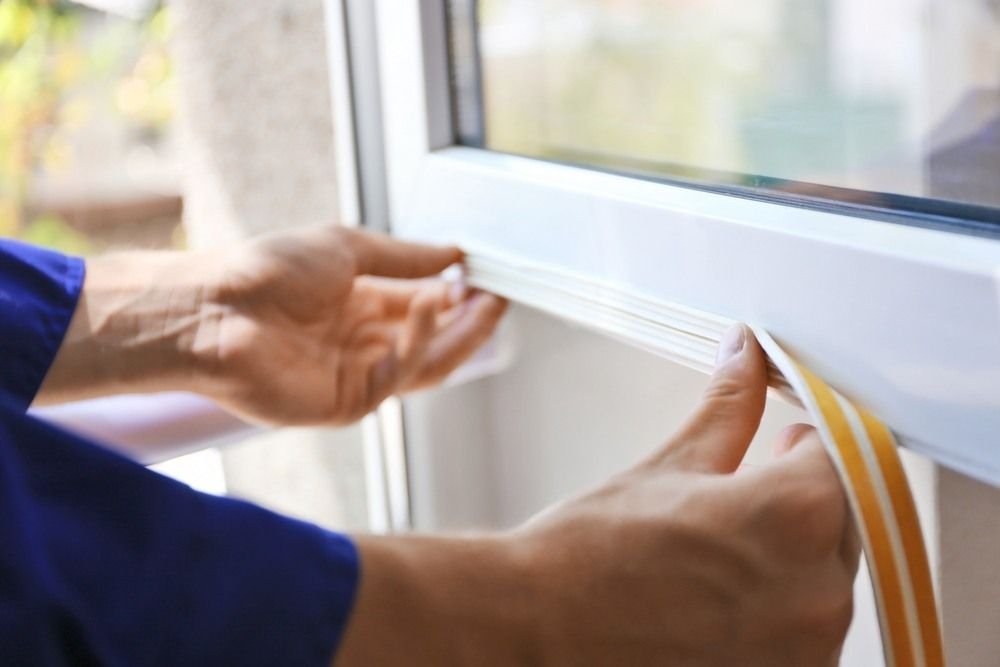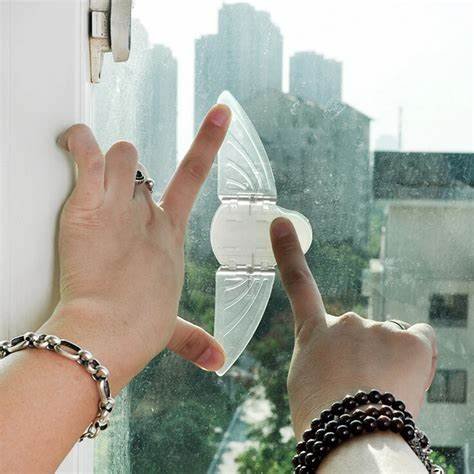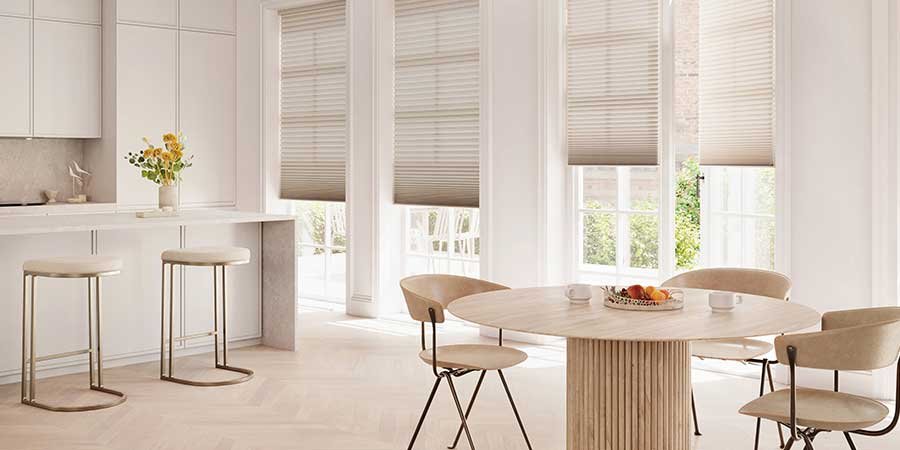When it comes to enhancing your home’s curb appeal and bringing in natural light, both bay and bow windows are excellent choices. These window styles are known for their elegant and unique design, offering extra space and improved views. However, while they may look similar, bay and bow windows have distinct features that set them apart. In this article, we’ll explore the key differences between bay windows and bow windows to help you choose the right style for your home.
1. Design and Structure
The most noticeable difference between bay and bow windows is in their design and structure.
Bay Windows
Bay windows typically consist of three windows: a large center window with two smaller, angled windows on either side. The angle of the side windows is usually between 30 and 45 degrees, creating a distinctive “box” shape that protrudes outward from the wall. Bay windows are often square or rectangular in shape and can create a cozy nook inside the room.
Bow Windows
Bow windows, on the other hand, are made up of four or more windows, arranged in a gentle, curved shape that extends outward. The windows are typically the same size and angle, creating a smooth, rounded projection from the wall. Bow windows offer a more fluid, soft appearance compared to the angular look of bay windows.
2. Space and Functionality
Both bay and bow windows create additional space inside the home, but they do so in different ways.
Bay Windows
Bay windows create a small alcove inside the room, providing additional space for seating, plants, or decorative items. The corner structure of the window allows for a cozy and intimate atmosphere, making it ideal for living rooms, reading nooks, or breakfast areas.
Bow Windows
Bow windows create more space than bay windows due to their larger number of windows and curved shape. The smooth, continuous curve of the window allows for a broader, more open area inside the room. This makes bow windows a great choice for larger rooms where you want to create a more open, airy feeling or a wide panoramic view of the outdoors.
3. Natural Light and Views
Both window types offer increased natural light and better views, but their designs affect how light enters and how much you can see.
Bay Windows
Bay windows let in a significant amount of light, especially from the large center window. The angled side windows also provide wide views of the surroundings, which makes them great for viewing landscapes, gardens, or street scenes. However, the smaller size of the side windows may limit the overall amount of light compared to a bow window.
Bow Windows
Bow windows allow more light to enter the room due to the multiple windows that form a wider area of glass. The curved design of the bow window ensures that light is distributed evenly throughout the space, creating a bright and airy environment. Bow windows also provide a more expansive view compared to bay windows, as they extend further outward and have a wider angle.
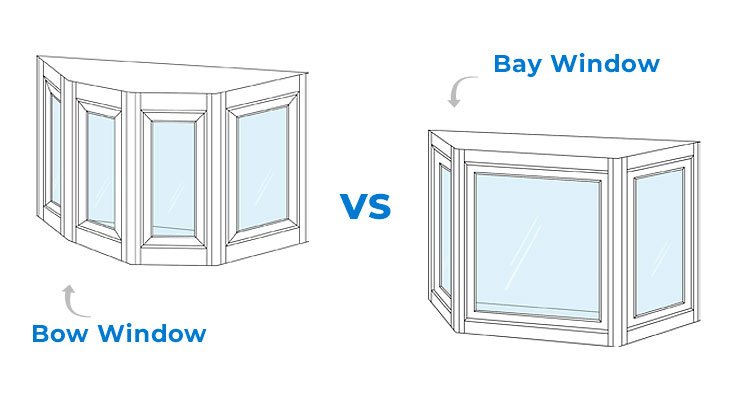
4. Aesthetic Appeal
Both bay and bow windows are considered stylish and can significantly enhance the appearance of a home, but their aesthetic impact varies.
Bay Windows
Bay windows have a more traditional, classic appeal with their angular design. The clean, sharp lines of the window make it a popular choice for homes with a more traditional or colonial style. Bay windows can add character to a room and often become a focal point in a home’s interior design.
Bow Windows
Bow windows offer a more contemporary, elegant look due to their smooth, curved shape. The rounded design can give the home a softer, more flowing appearance, making it a great choice for modern homes or spaces where a gentle, sophisticated feel is desired. Bow windows are often seen as more luxurious and can create a statement in any room.
5. Cost Considerations
The cost of bay and bow windows can vary based on materials, size, and installation complexity.
Bay Windows
Bay windows are generally more affordable than bow windows. Their simpler structure with fewer windows means lower installation costs. Additionally, because bay windows require less material, they tend to be less expensive to purchase.
Bow Windows
Bow windows are typically more expensive than bay windows due to their larger size, the need for multiple windows, and their curved structure. The installation of a bow window is more complex, which can also drive up labor costs. However, the price can vary depending on the size and materials chosen.
6. Installation and Maintenance
The installation process and maintenance requirements for bay and bow windows differ slightly.
Bay Windows
Bay windows are easier to install than bow windows because they consist of only three windows. The straightforward design makes the installation process faster and less expensive. In terms of maintenance, bay windows require cleaning and care for each individual window, but they are typically easier to maintain overall due to their simpler structure.
Bow Windows
Installing bow windows can be more complicated because they involve multiple windows that must be carefully aligned to form the curved shape. This means the installation process may take longer and require more skilled labor. Bow windows may also require more frequent maintenance, especially if the frame and structure begin to warp over time due to the larger number of windows and the curvature.
7. Energy Efficiency
Both bay and bow windows can be energy-efficient, but their design can impact how well they retain heat or cool air.
Bay Windows
Bay windows are typically energy-efficient when made with modern materials such as double-glazed glass and insulated frames. However, the angled windows may allow for some heat loss if not properly sealed, especially on the sides.
Bow Windows
Bow windows tend to have more glass surface area due to the multiple windows, which could lead to more heat loss if not insulated properly. However, like bay windows, bow windows can be made energy-efficient by using high-quality, insulated glass and weatherproofing.
Conclusion
Bay and bow windows each offer unique benefits depending on your home’s layout, style preferences, and functional needs. Bay windows are ideal for smaller spaces, offering a more angular and compact design, while bow windows create a more expansive, curved look with a larger viewing area. Bay windows are generally more affordable and easier to install, while bow windows provide a wider view and brighter light. Ultimately, the decision between bay and bow windows will come down to your specific space, budget, and aesthetic goals. Both options add elegance, charm, and functionality to your home, making them valuable investments for any property.








